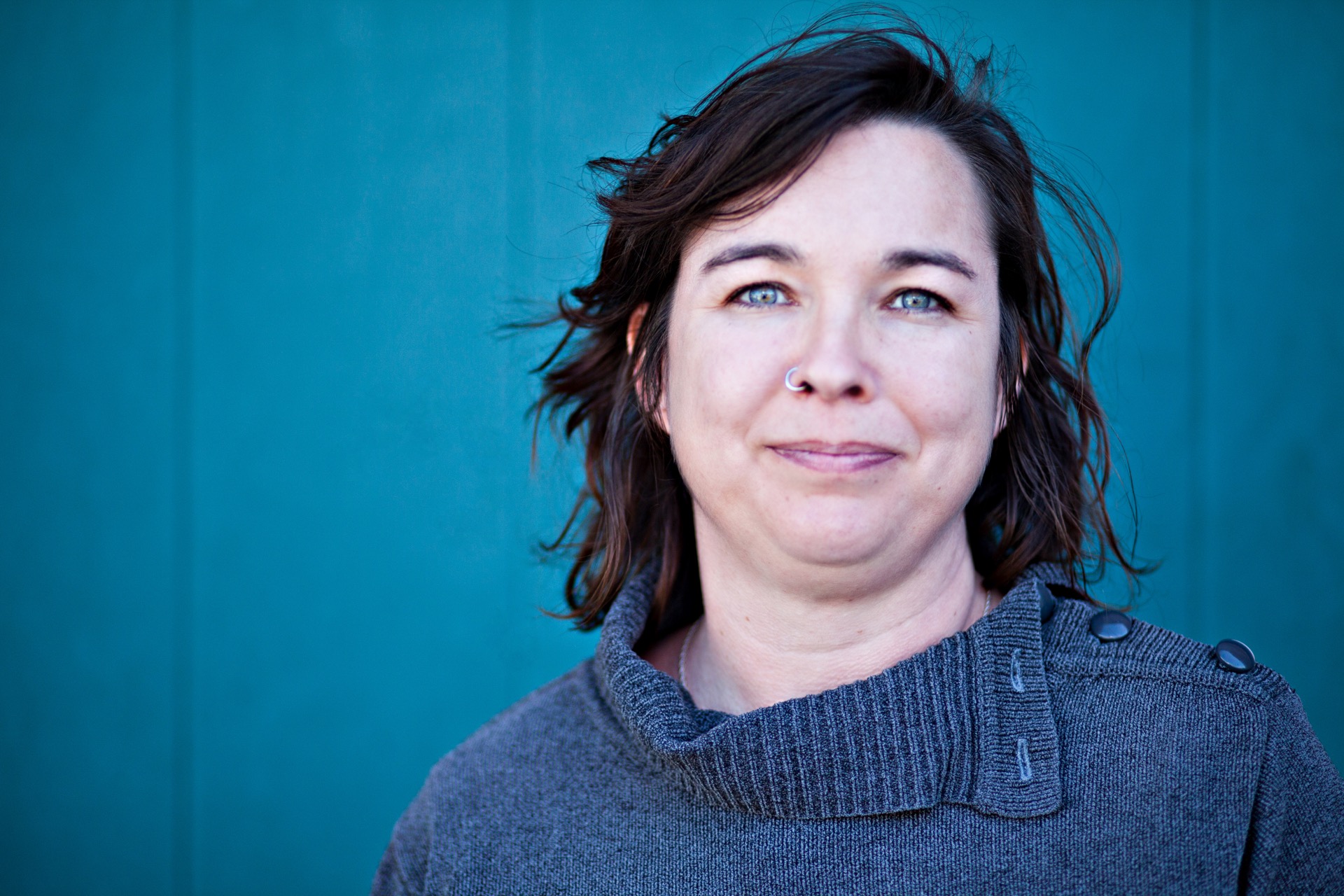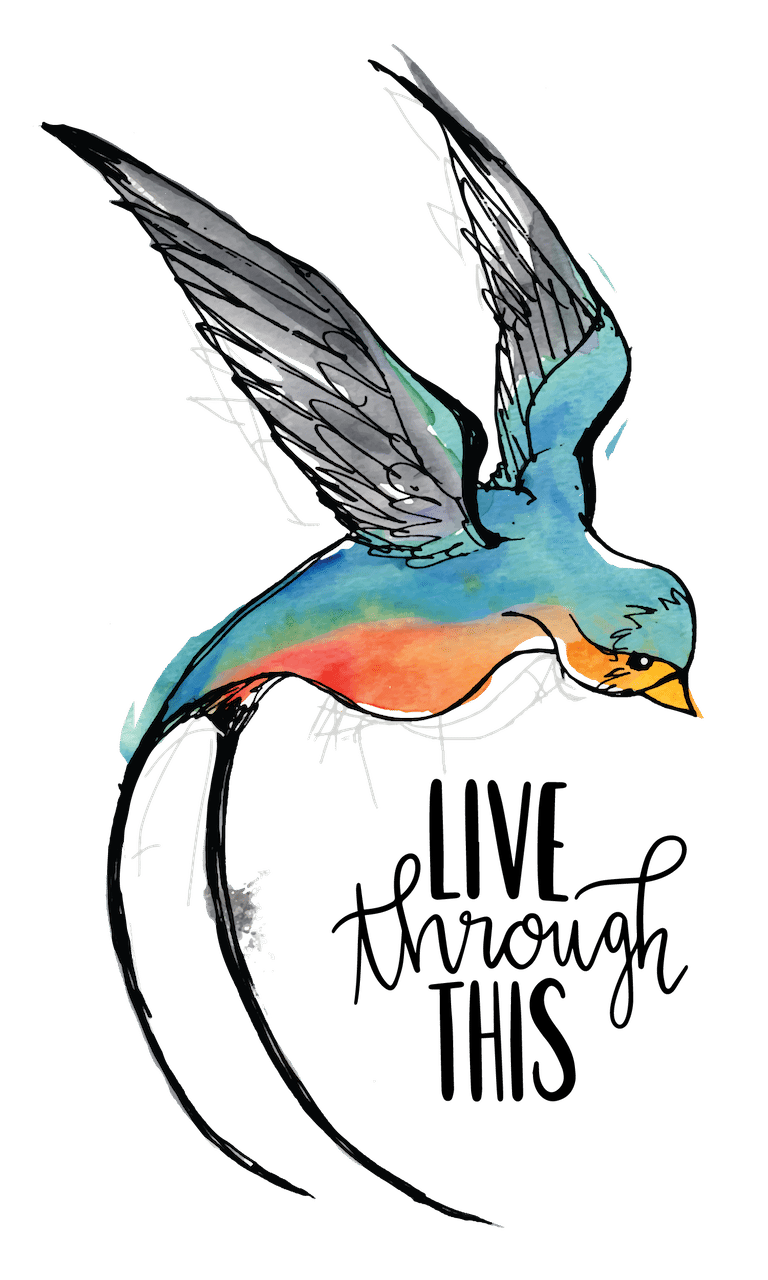
Sara Mallory
is a suicide attempt survivor."I survived a suicide attempt."
Sara Mallory is a mother of four. She drove over three hours from Redding, CA to meet me at Sweet Inspiration Bakery in San Francisco, where she told me her incredible story. The culmination of personal events and her grief over the death of her mother led to five suicide attempts over the course of six months. She was 42 years old when I interviewed her on April 16, 2013.
Nobody knows what to do with you after you survive. Nobody knows how to explain things to my family. No, it wasn’t an act of attention getting. Do some people do that? Sure. I didn’t want to be here. I didn’t want to wake up.
I have been trying to find resources for myself and my family to come back after some serious suicide attempts, and there are still days when I wake up in the morning and I go, “Why am I still here? Why do I have to do this?”
My oldest is the one that found me the last time. She had picked up a pint of Ben and Jerry’s for me at the store and brought it home ‘cause she knew I was having a bad day. And it was about 11 o’clock at night and she brought it in to the room to give to me and she found me unconscious.
It’s really… it’s a blessing that I was found. I know that today. When I woke up in the ICU, I didn’t know that then. I was so mad. I was like, “Okay, I really did it this time and I’m still here,” but that’s the past and now I’m at a place where I can look around and say, “Here are my children. Here’s my little grandbaby, and she’s gorgeous and beautiful and tiny. Here are my friends.” I have such a good support system. All of my friends have gone out of their way to love on me and make me feel good about myself, along with me learning how to feel good about myself.
I have a history of depression. I didn’t realize I had a history of it until I actually had to write it all out and say, “Okay, so I had postpartum depression this time and then I took antidepressants this time and this time and this time and this time,” and then I looked at it and I went, “Yeah, I have a history of depression. It’s not something new.”
I don’t ask for help. I’ve never asked for help. I’m independent. I can do whatever comes my way and, you know, bring it on. And then this happened and I still didn’t ask for help. I didn’t know how. Too much pride, and then after the last attempt, I realized that my pride was killing me and I needed to just let it go. I needed to somehow center myself to a place to where I could heal. I had to make myself first and I didn’t know how to do that. I’m a mom of four. I’ve never been first. Never. But I have had to make myself first so that I can heal. So that I can get to a place to where, when I have a bad day, I’m not thinking about suicide.
I mean, just the way I see myself at times… I’m uncomfortable sharing that with people. I don’t want people to know that I think I’m a bad mom. I know I’m a good mom. In my right mind, I know I’m a good mom, but on those bad days, I’m a bad mom. I’m the cookie baker mom. I’m the mom that goes on field trips. I’m the mom that drives them to school and picks them up and takes them to all their little things that they’re doing. That’s the kind of mom I am, and I’ve always been that kind of mom and I care about my kids and I advocate for them. I know I do all those things, but on those bad days I pick myself apart and I get to a point to where I think I’m a bad mom. I think I’m a bad friend. I become worthless and it’s so easy to go from there to, you know, harming myself. It’s just that easy.
I’ve learned that those bad days pass, so I feel what I have to feel. I cry if I have to. I yell at the wall. I write on my wall with a Sharpie to just remind myself, and you know, I do isolate on those days, but it’s not a bad isolation. It’s more of like an isolation of, ‘I just need space. Let me have my space. Let me cope and deal with this and then tomorrow will be a different day,’ and it always is.
I kind of feel like if just one person hears me say that that day will pass, it will pass, and the next day is better. If just one person hears that, that’s all that matters.


